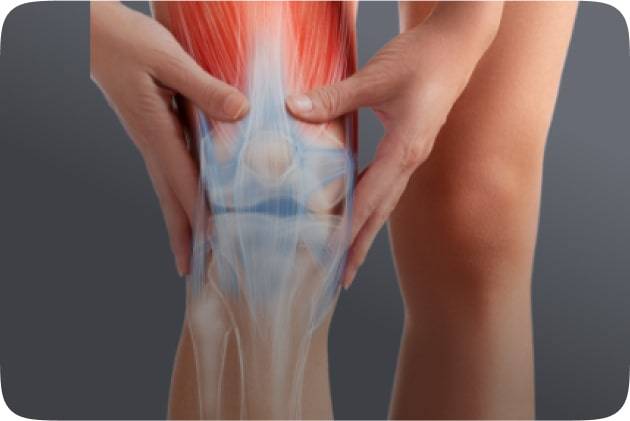Understanding the Importance of Steel Hardware in Orthopedic Surgery
When is Steel Implants Needed?
Steel hardware, such as plates, screws, or rods, is essential in orthopedic surgery for the following situations:
- Severe Fractures: Steel hardware is necessary to realign and stabilize bones in cases of severe fractures with multiple pieces or displaced fragments.
- Inability to Maintain Alignment: If fractured bones cannot maintain proper alignment due to the extent of the injury or soft tissue damage, steel hardware may be implanted to hold them in place during healing.
- Non-Healing Fractures (Non-Union): Steel hardware can promote bone fusion and facilitate healing in cases of fractures that fail to heal properly on their own (non-union).
- Malunion and Joint Fractures: In instances where fractures heal incorrectly (malunion) or involve joints, steel hardware may be necessary to correct alignment and support proper healing.
- High-Risk Fractures: Fractures in areas with poor blood supply may require steel hardware to provide additional support and stability, reducing the risk of complications.
Dos and Don’ts for Successful Recovery After Surgery involving Steel Hardware
Dos:
- Follow Doctor’s Orders: Adhere to post-operative instructions provided by your orthopedic surgeon.
- Keep Wound Clean: Follow proper wound care protocols to keep the incision site clean and dry.
- Monitor for Infection: Watch for signs of infection and contact your doctor if you notice any concerning symptoms.
- Take Medications: Take prescribed medications as directed for pain relief and infection prevention.
- Engage in Rehabilitation: Participate actively in physical therapy exercises to improve mobility and strength.
- Use Mobility Aids: If recommended, use assistive devices to support the affected limb during recovery.
- Eat a Healthy Diet: Maintain a balanced diet rich in nutrients to support healing and recovery.
- Attend Follow-up Appointments: Attend all scheduled appointments for monitoring and adjustments.
Don’ts:
- Ignore Pain: Don’t ignore persistent or worsening pain or discomfort; report it to your healthcare provider.
- Engage in Strenuous Activities: Avoid heavy lifting or strenuous activities until cleared by your doctor.
- Soak Incision Site: Refrain from soaking the incision site in water until advised by your healthcare provider.
- Smoke or Use Tobacco: Smoking can impair healing, so consider quitting or reducing tobacco use.
- Skip Physical Therapy: Participate consistently in rehabilitation exercises prescribed by your physical therapist.
- Overlook Mental Health: Seek support if you’re experiencing emotional challenges during recovery.
FAQs: Recovering from Bone Fracture with Steel Hardware
-
How long does recovery take after surgery involving steel hardware for a bone fracture?
- Recovery time varies but typically ranges from weeks to months, depending on factors such as fracture severity and individual healing.
-
Will I experience pain after surgery, and how can I manage it?
- Pain is common and can be managed with prescribed medications and non-pharmacological techniques like ice therapy and relaxation exercises.
-
When can I start bearing weight on the affected limb?
- Weight-bearing depends on fracture type and hardware stability; your doctor will provide specific instructions.
-
Will I need physical therapy, and what does it involve?
- Physical therapy is often necessary and focuses on improving mobility, strength, and range of motion through tailored exercises.
-
Can I participate in sports or physical activities with steel hardware?
- Participation depends on fracture type and healing progress; follow your doctor’s guidance to avoid complications.
Navigating life with steel hardware following a bone fracture requires patience, perseverance, and support. By following these guidelines and seeking guidance from healthcare professionals, you can optimize your recovery and regain mobility and independence. Gain more insights from Healic Health.










